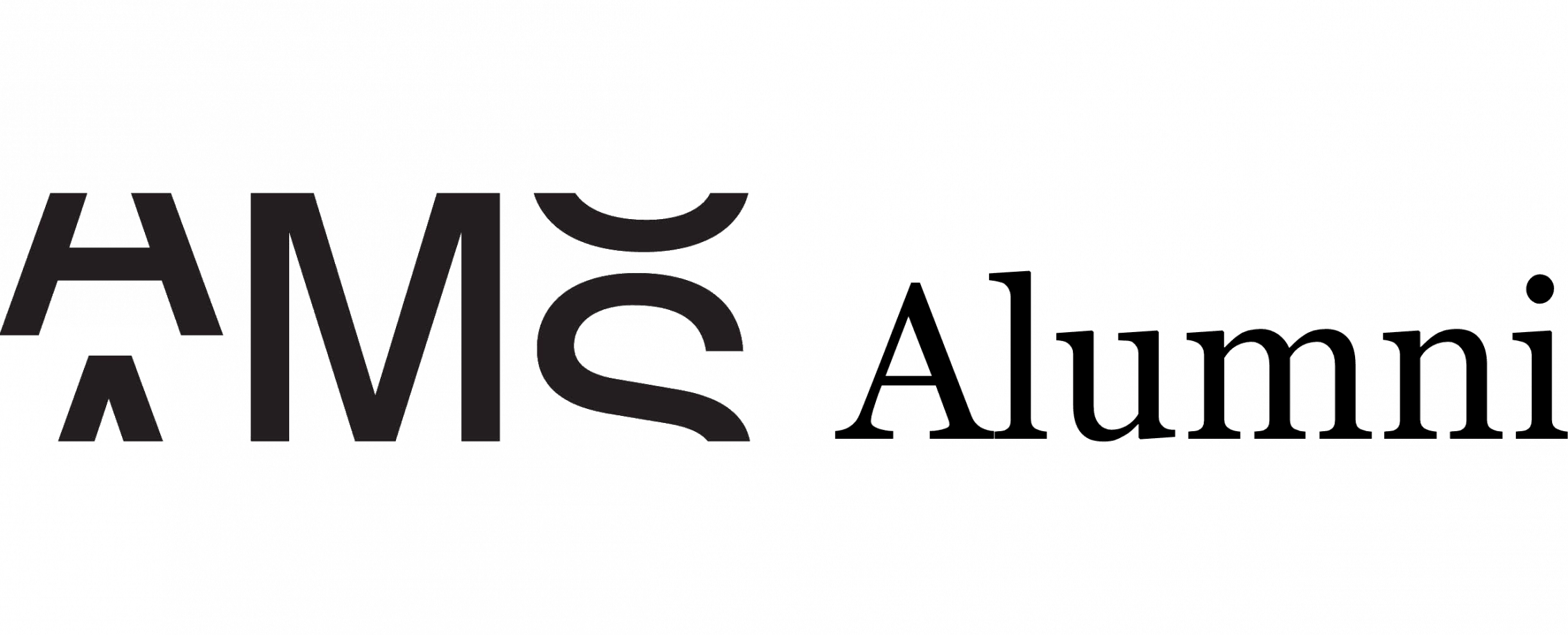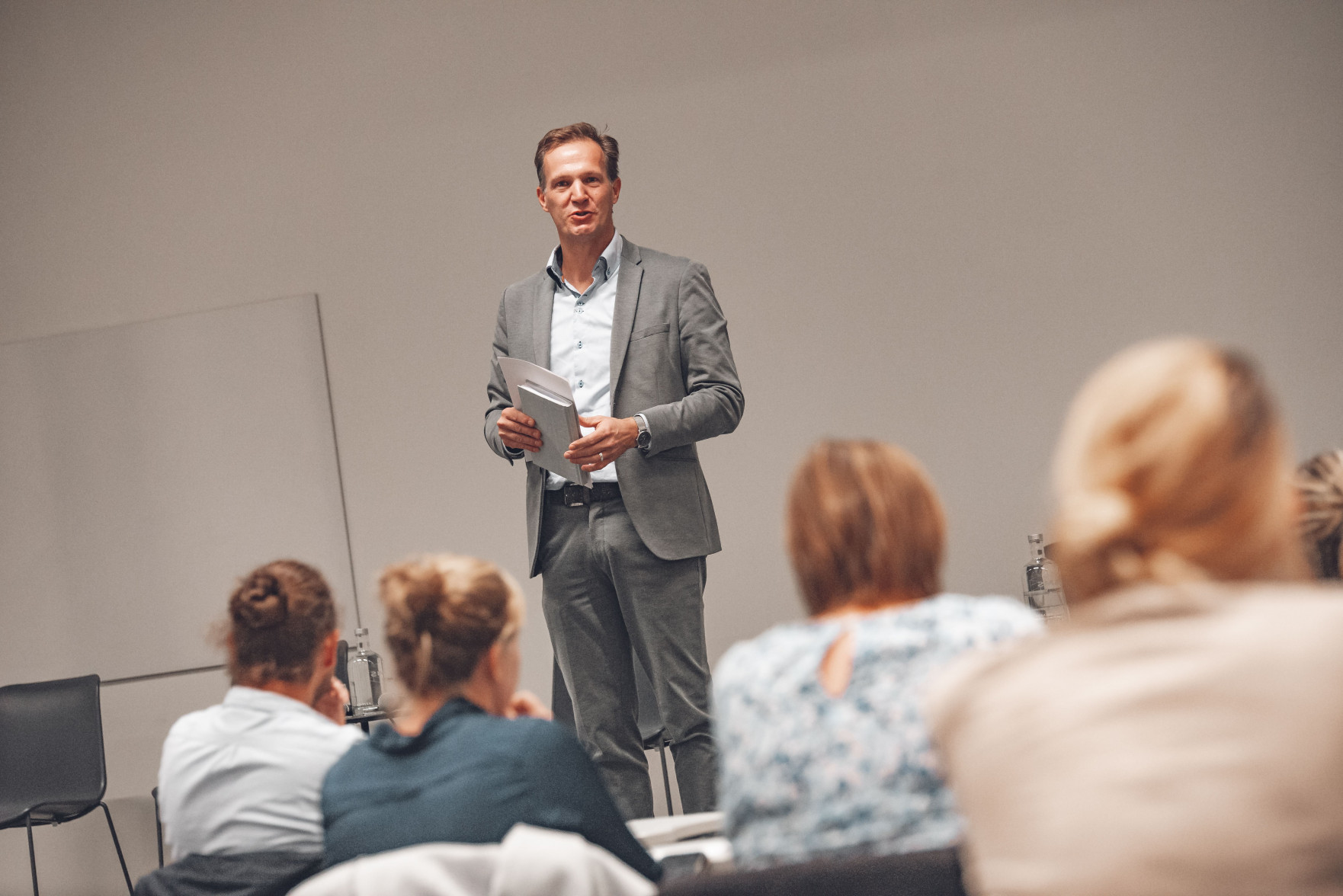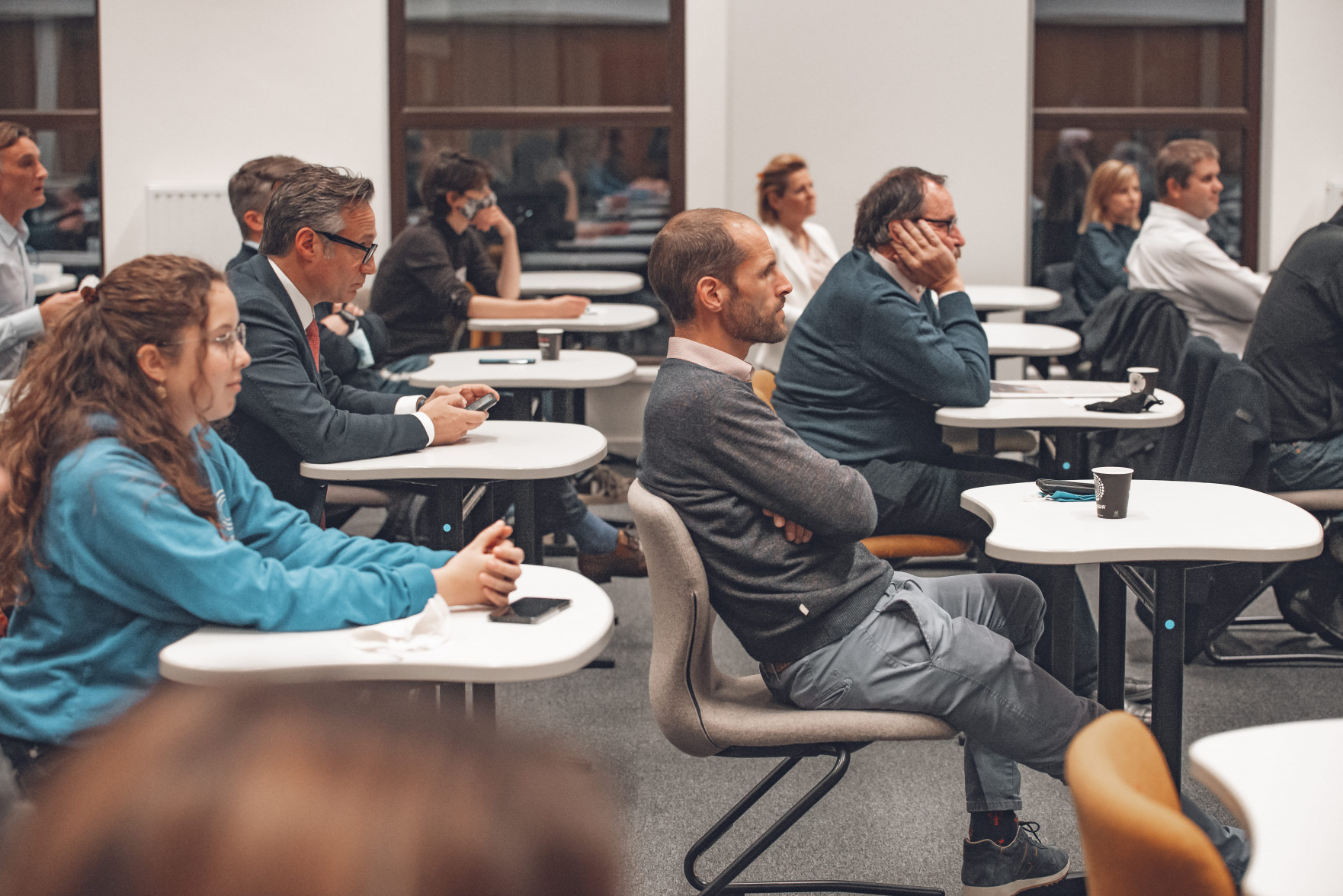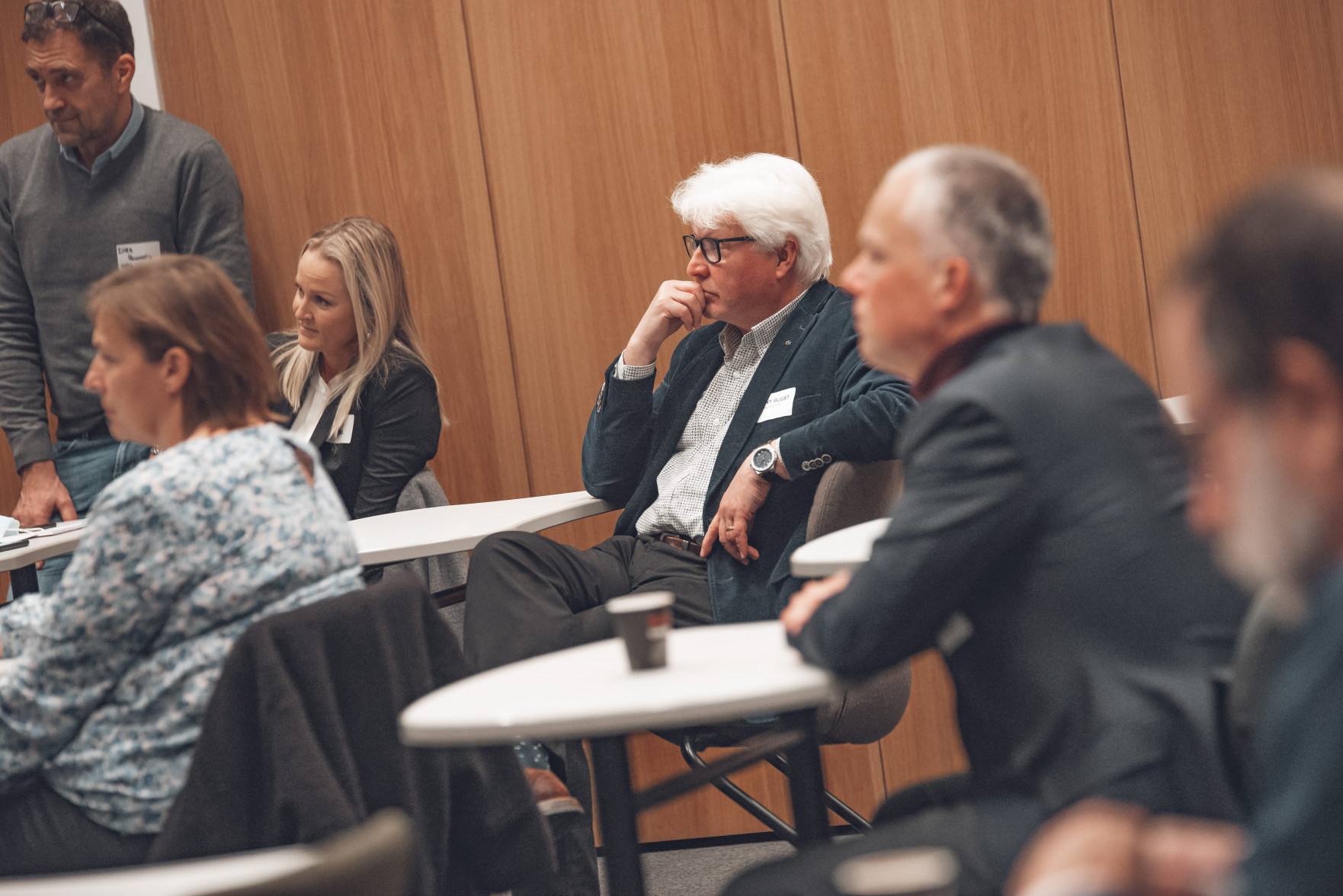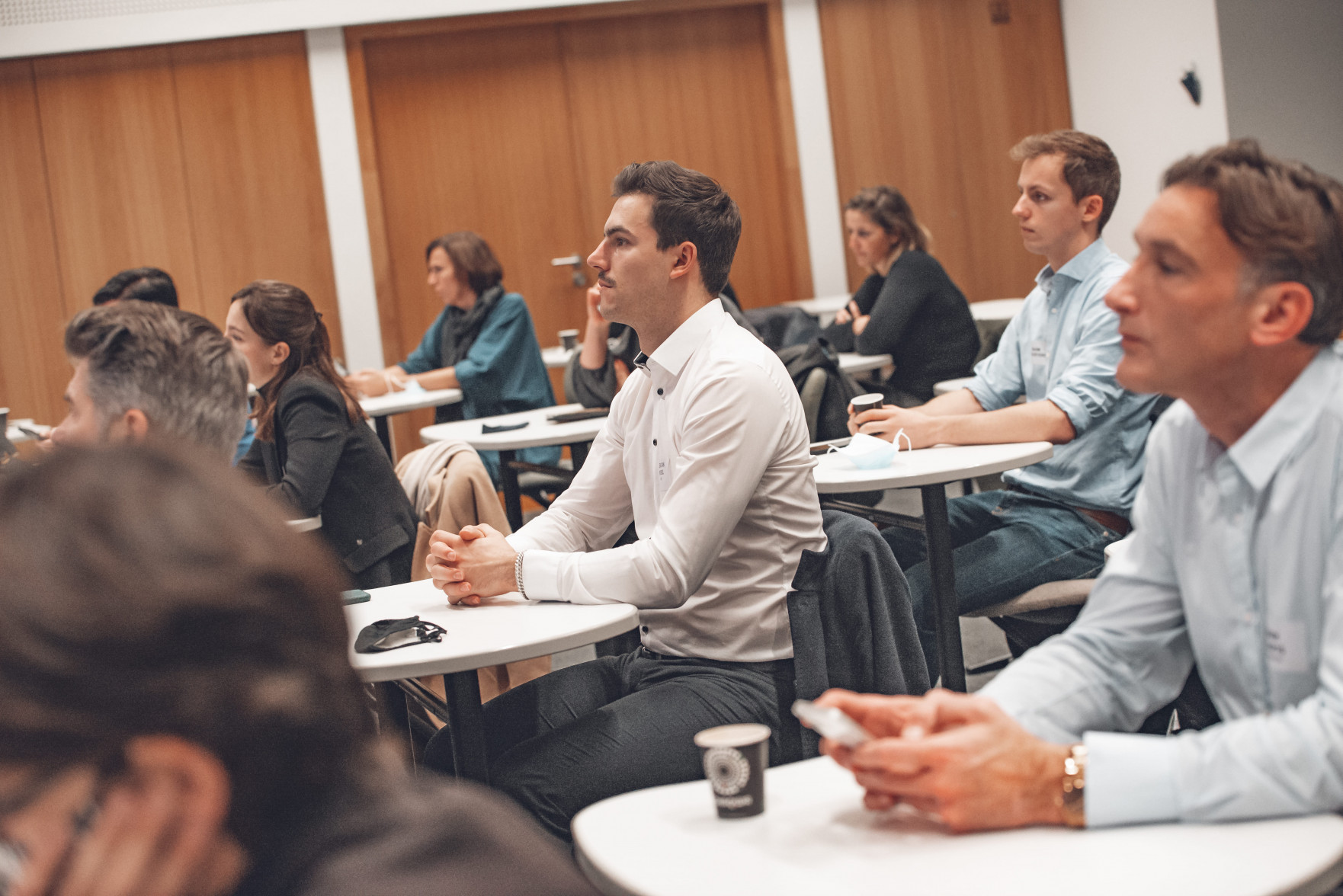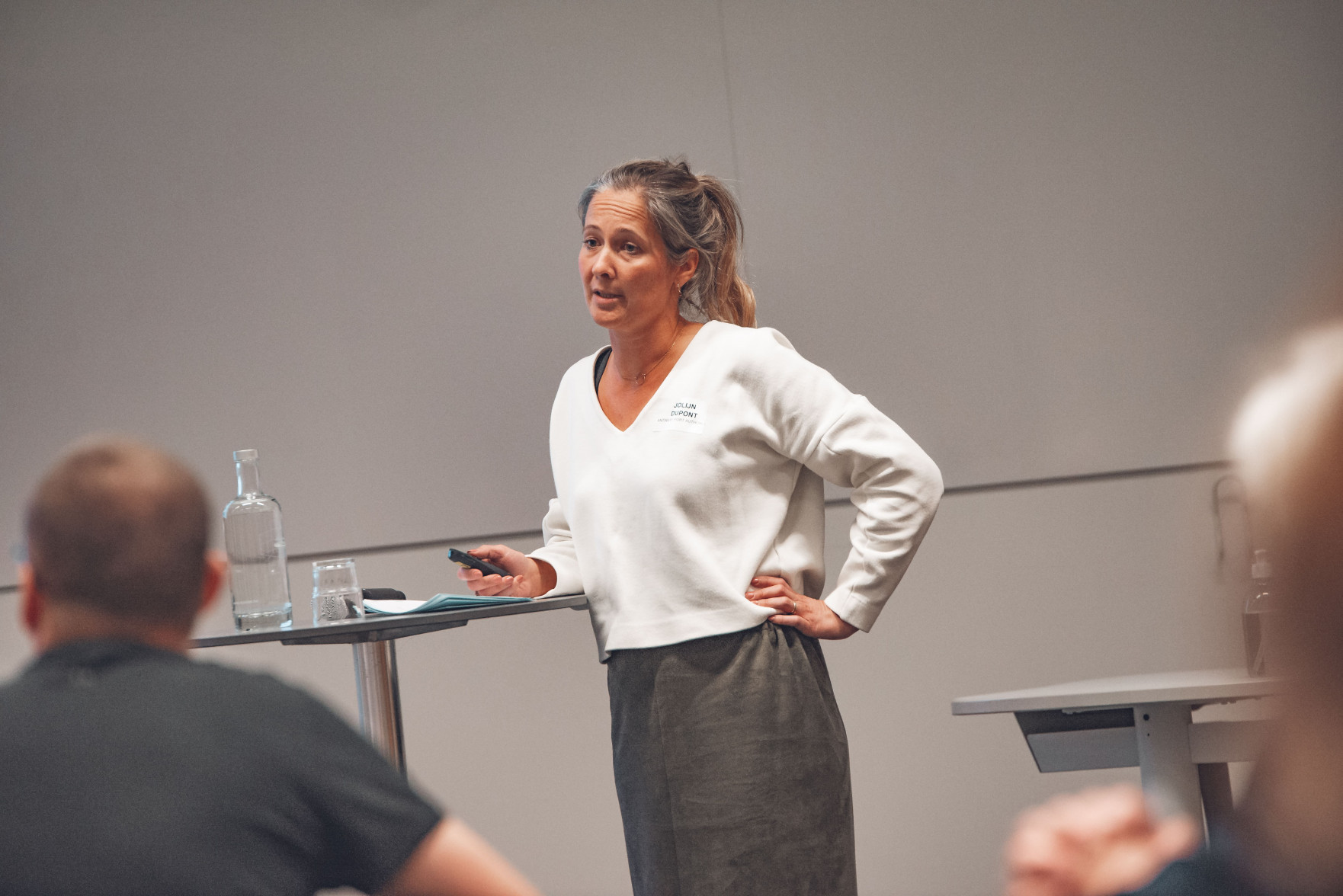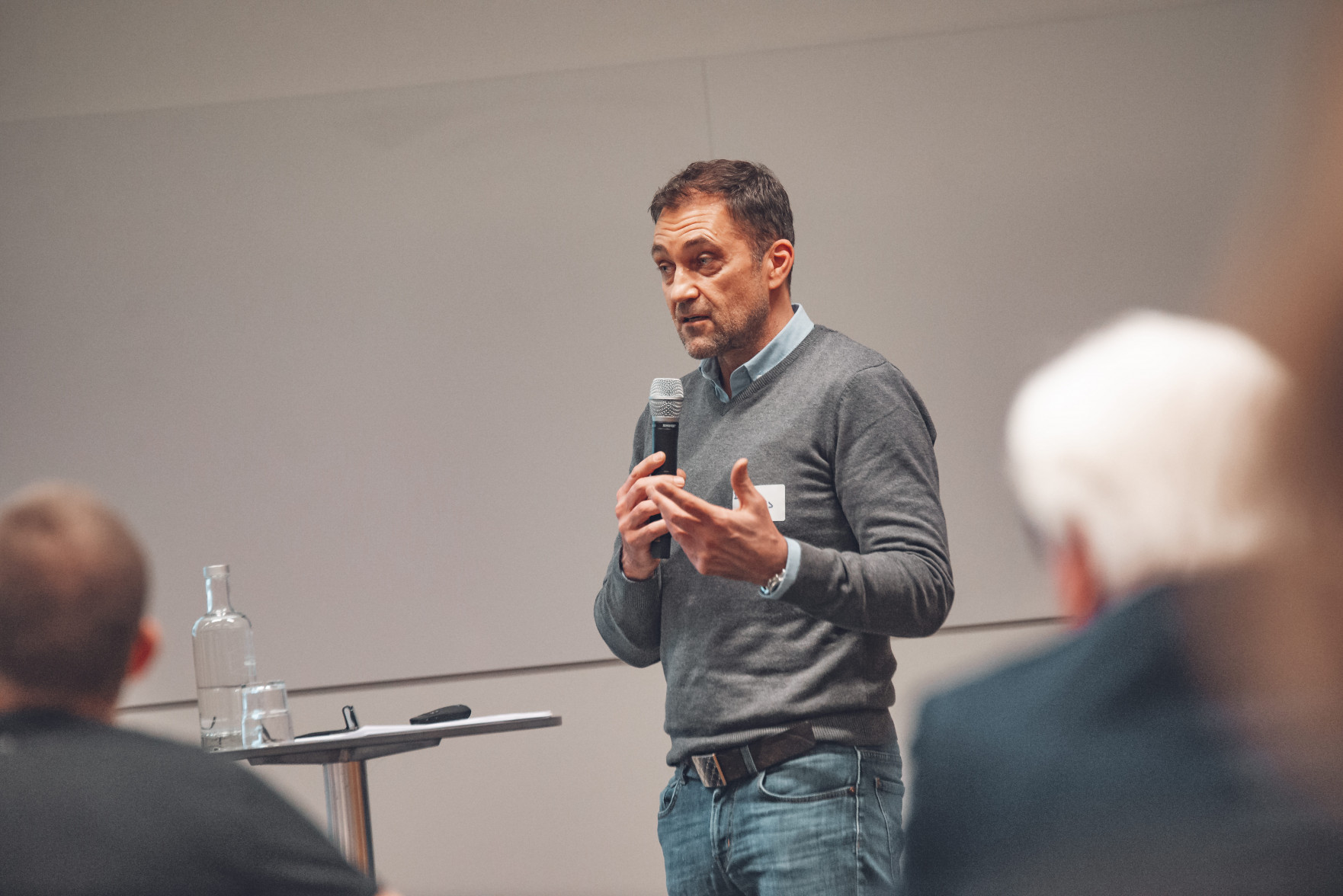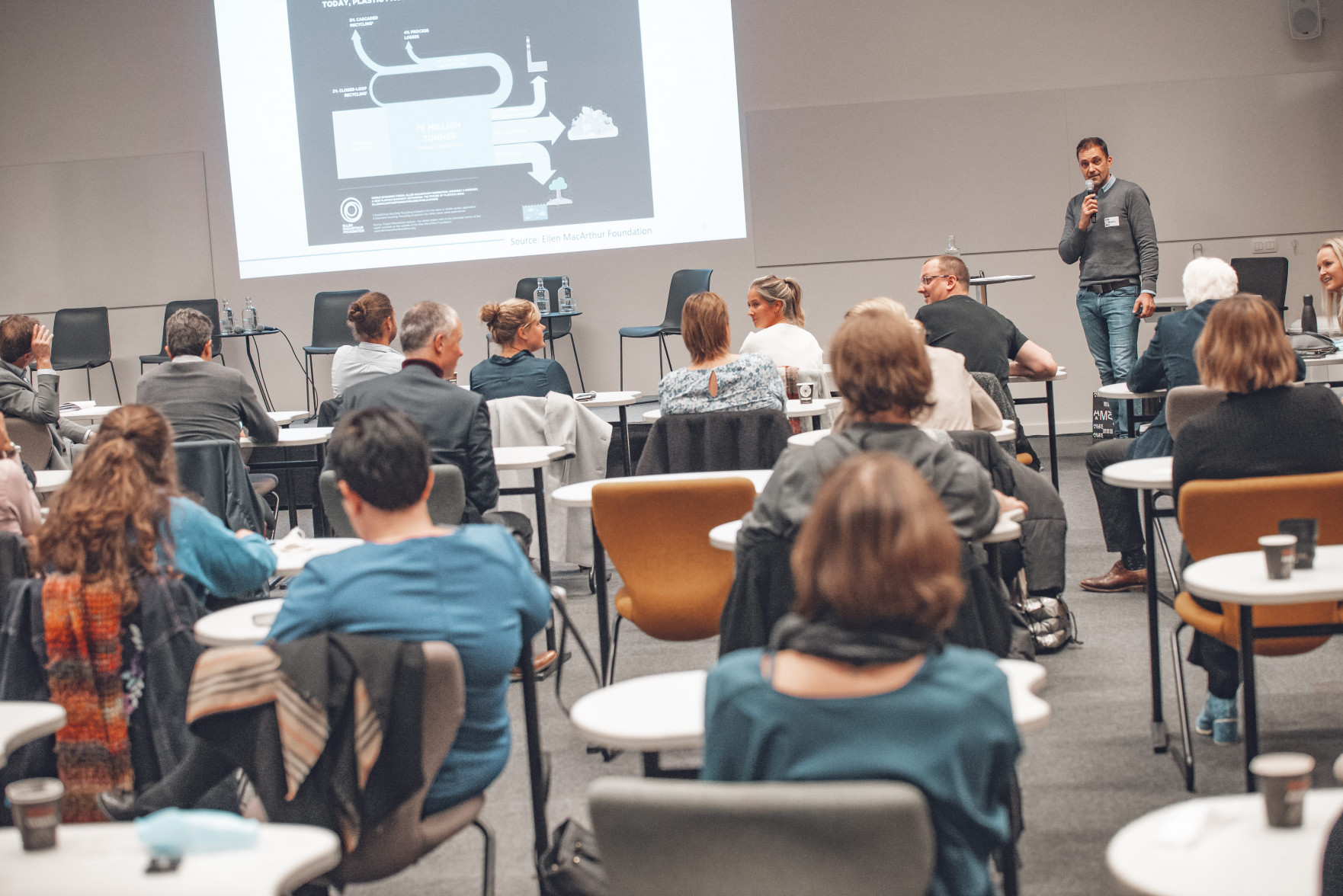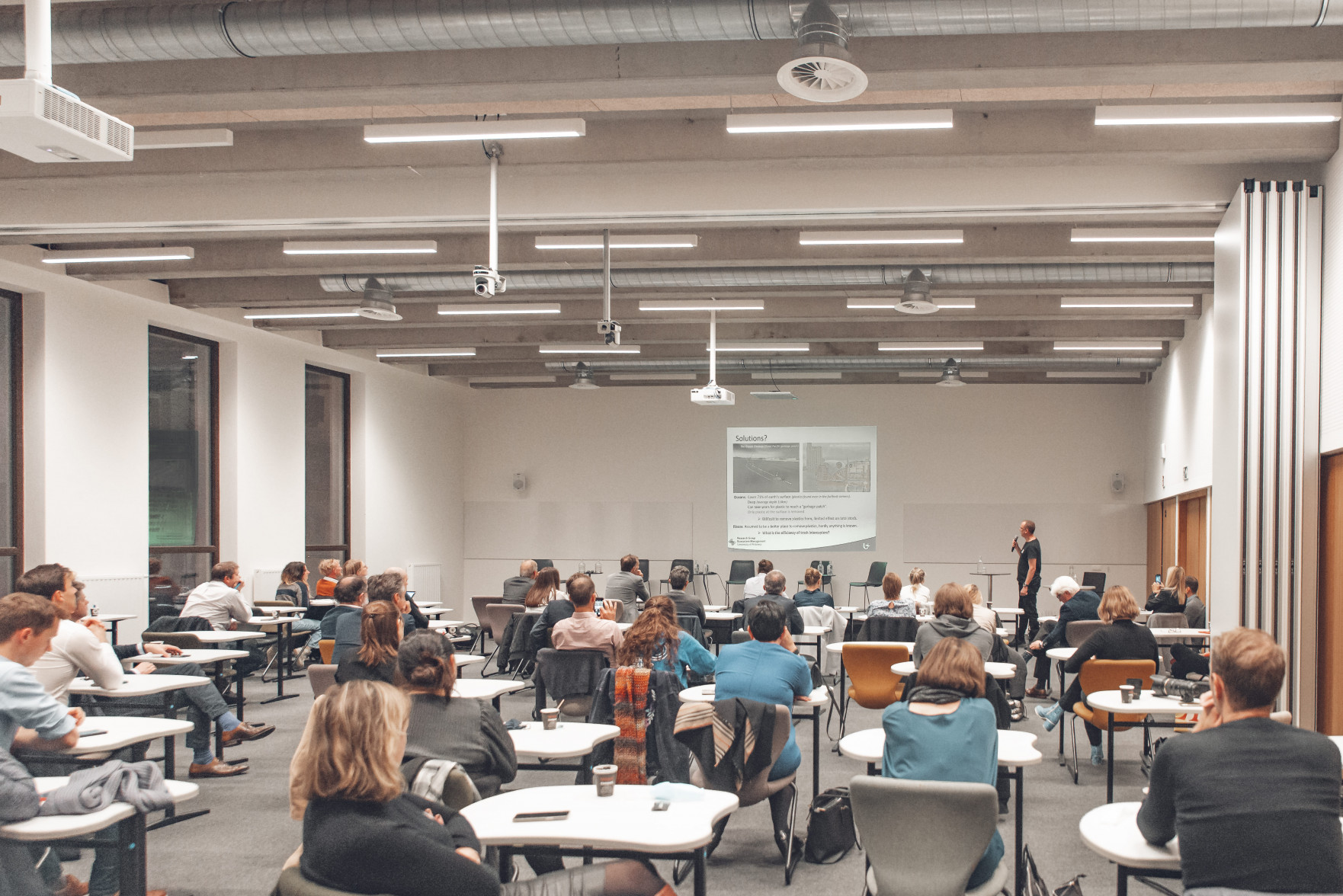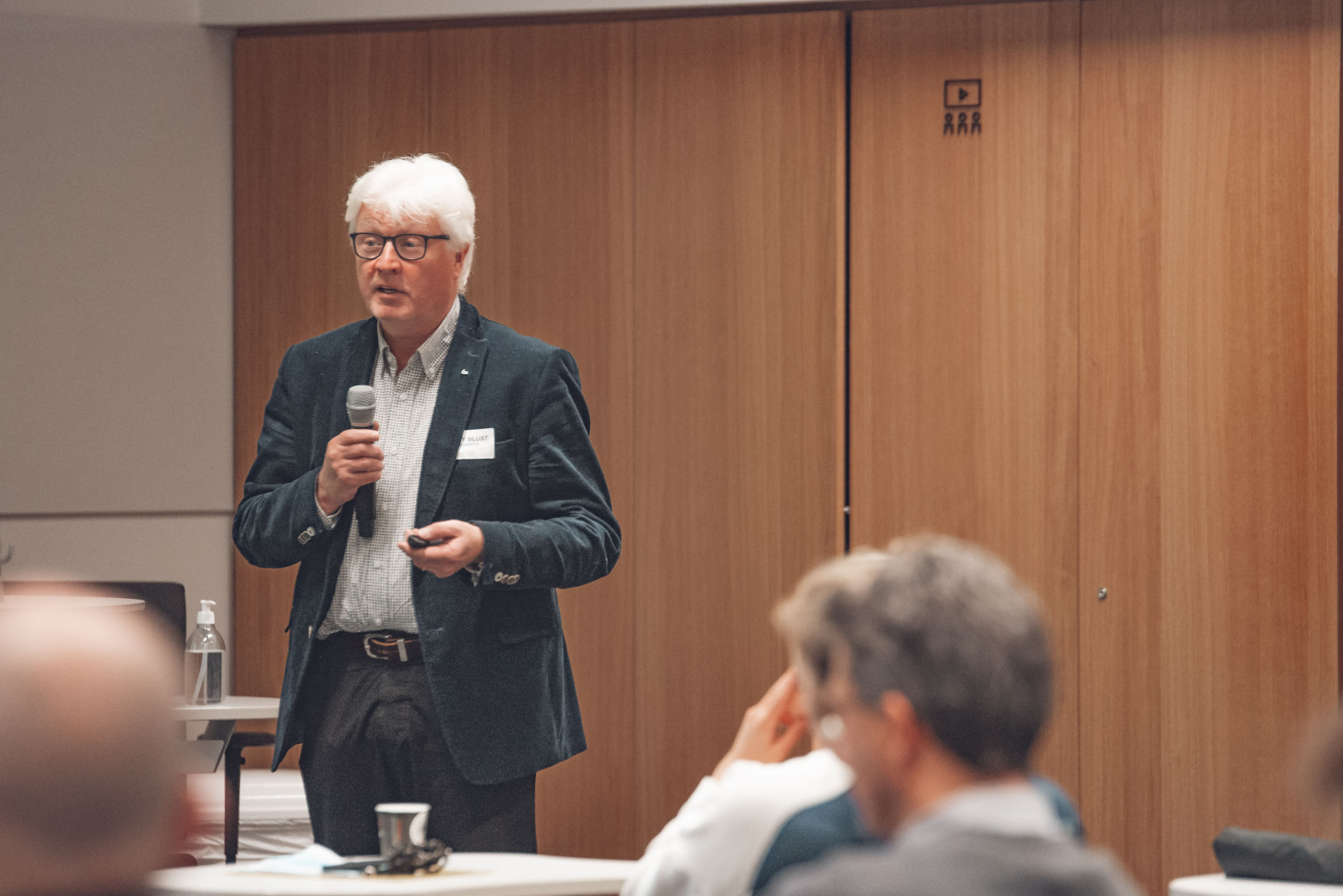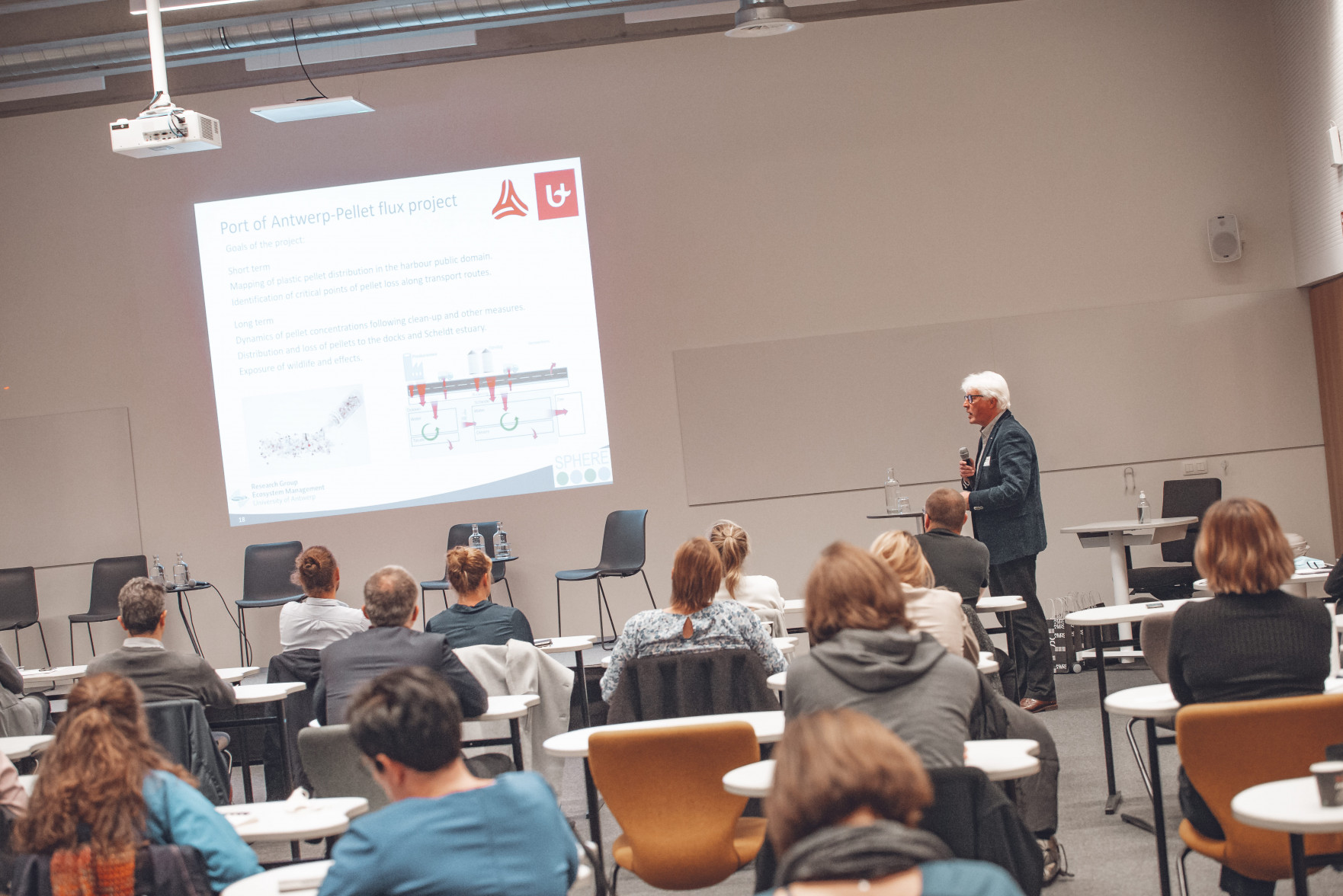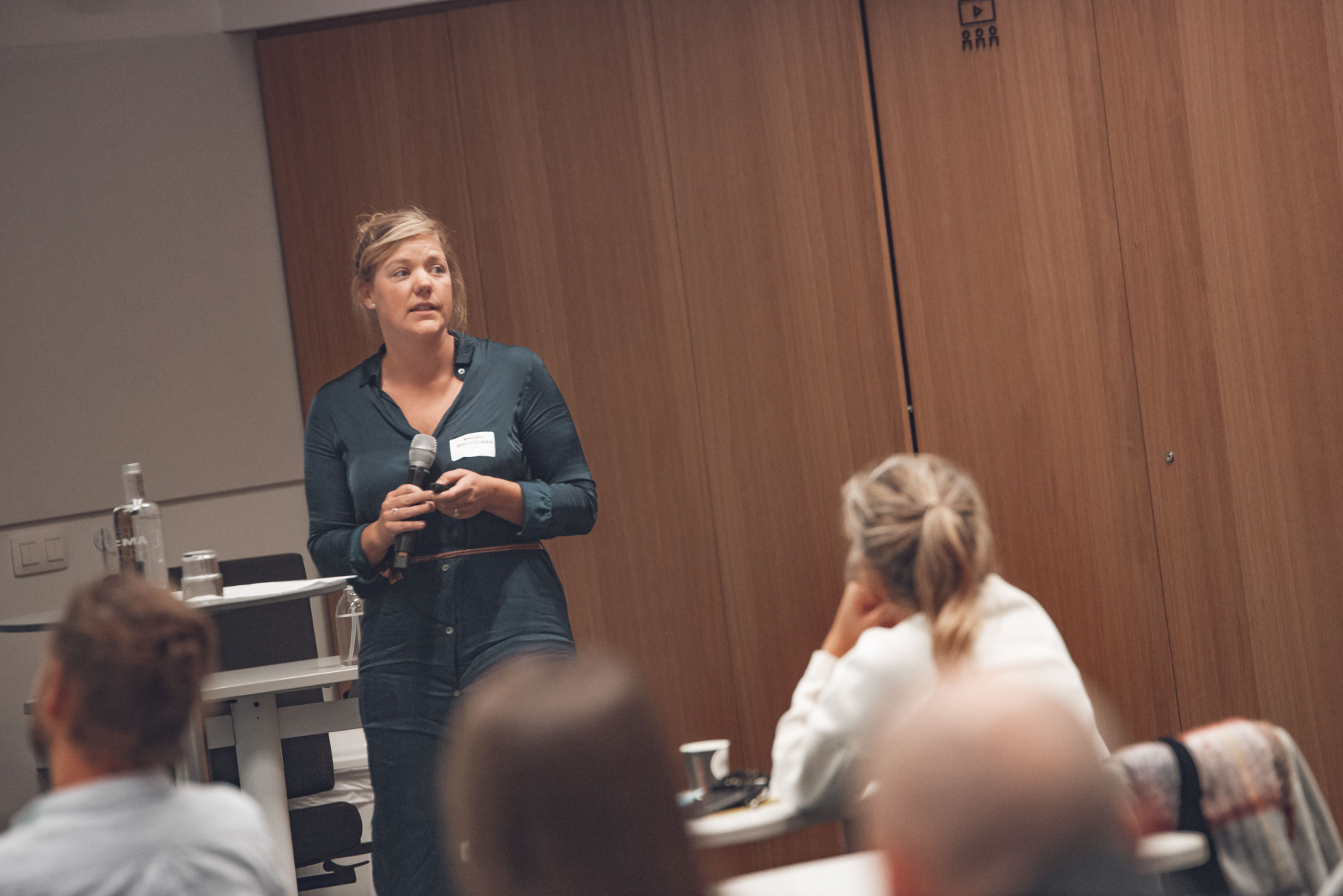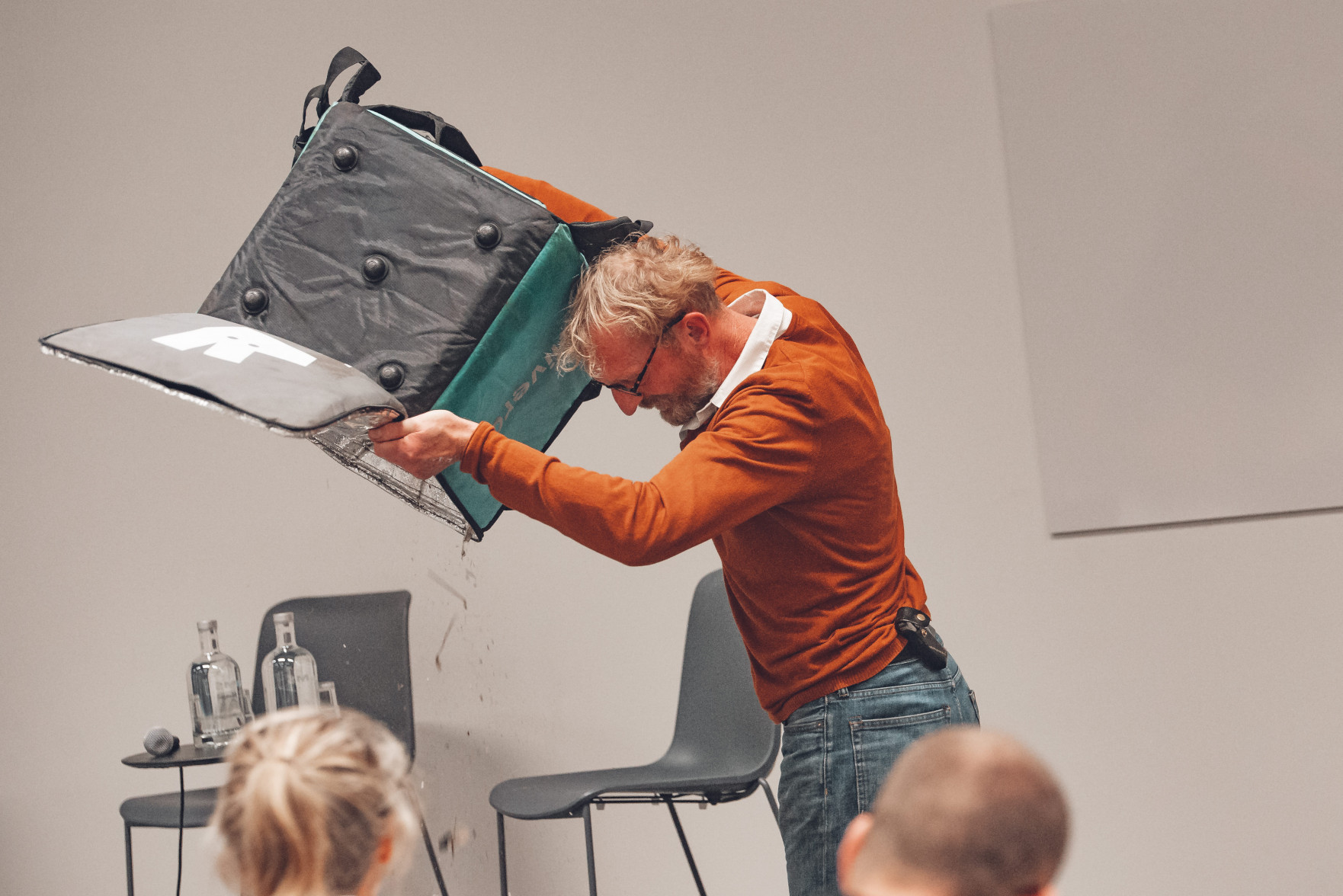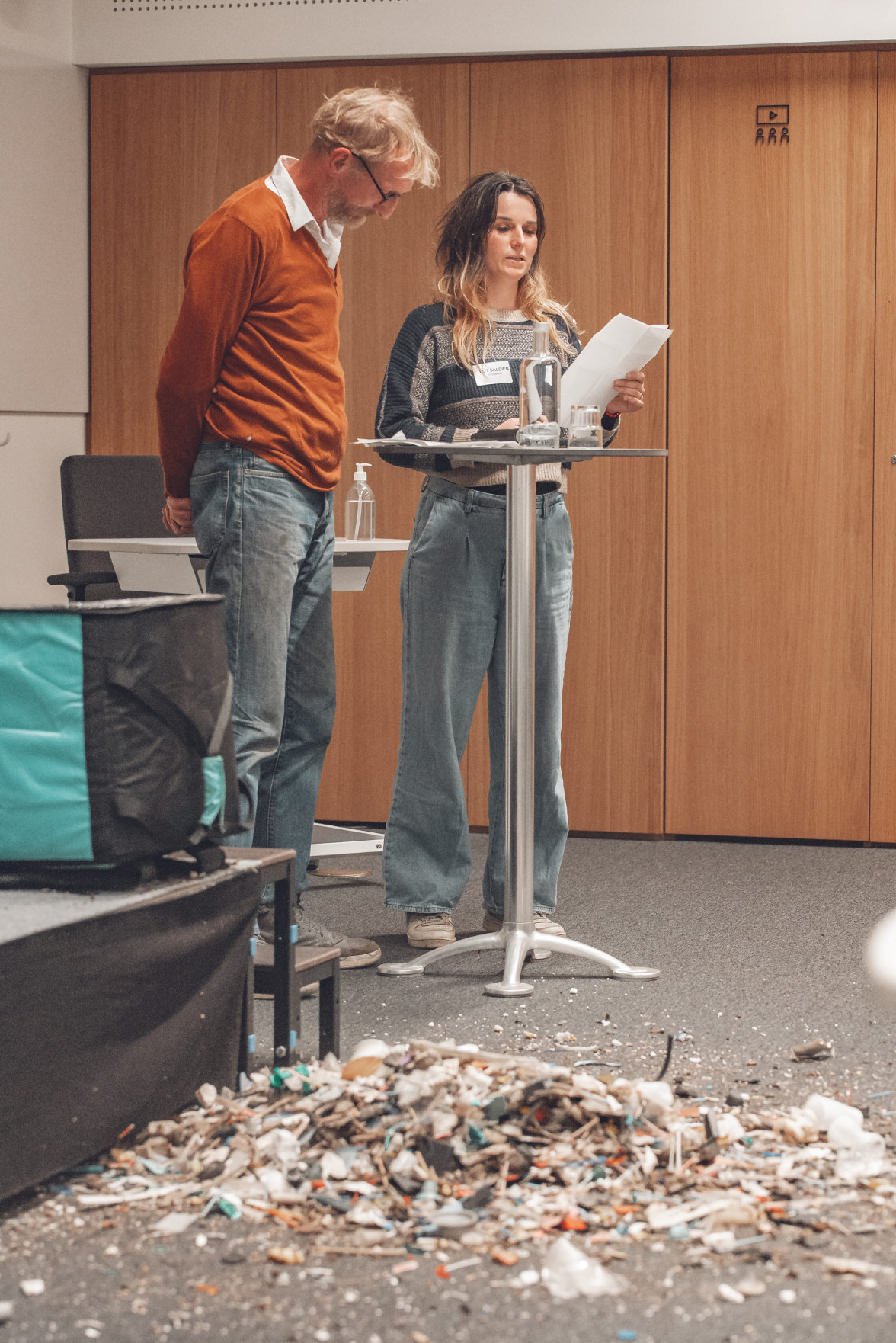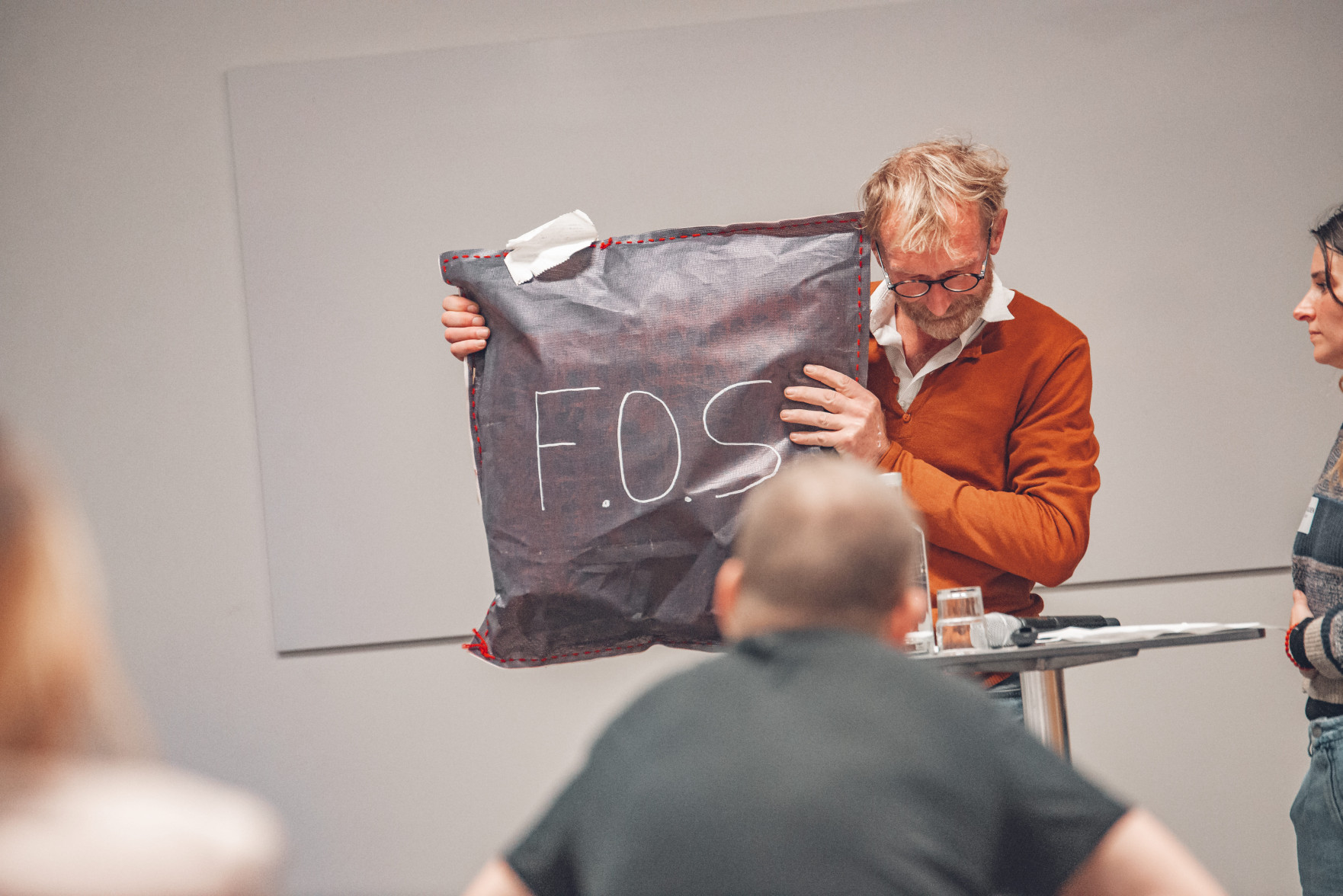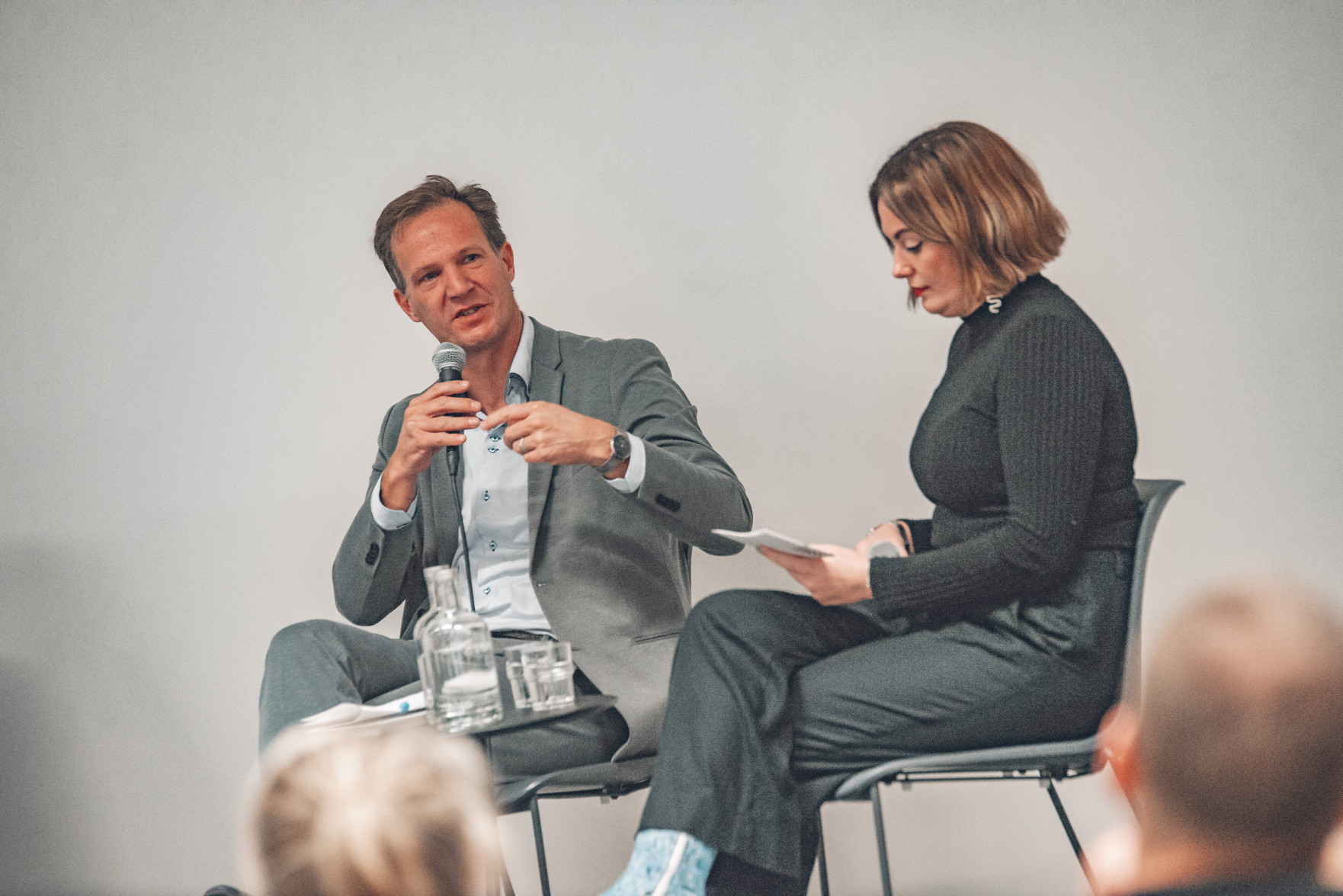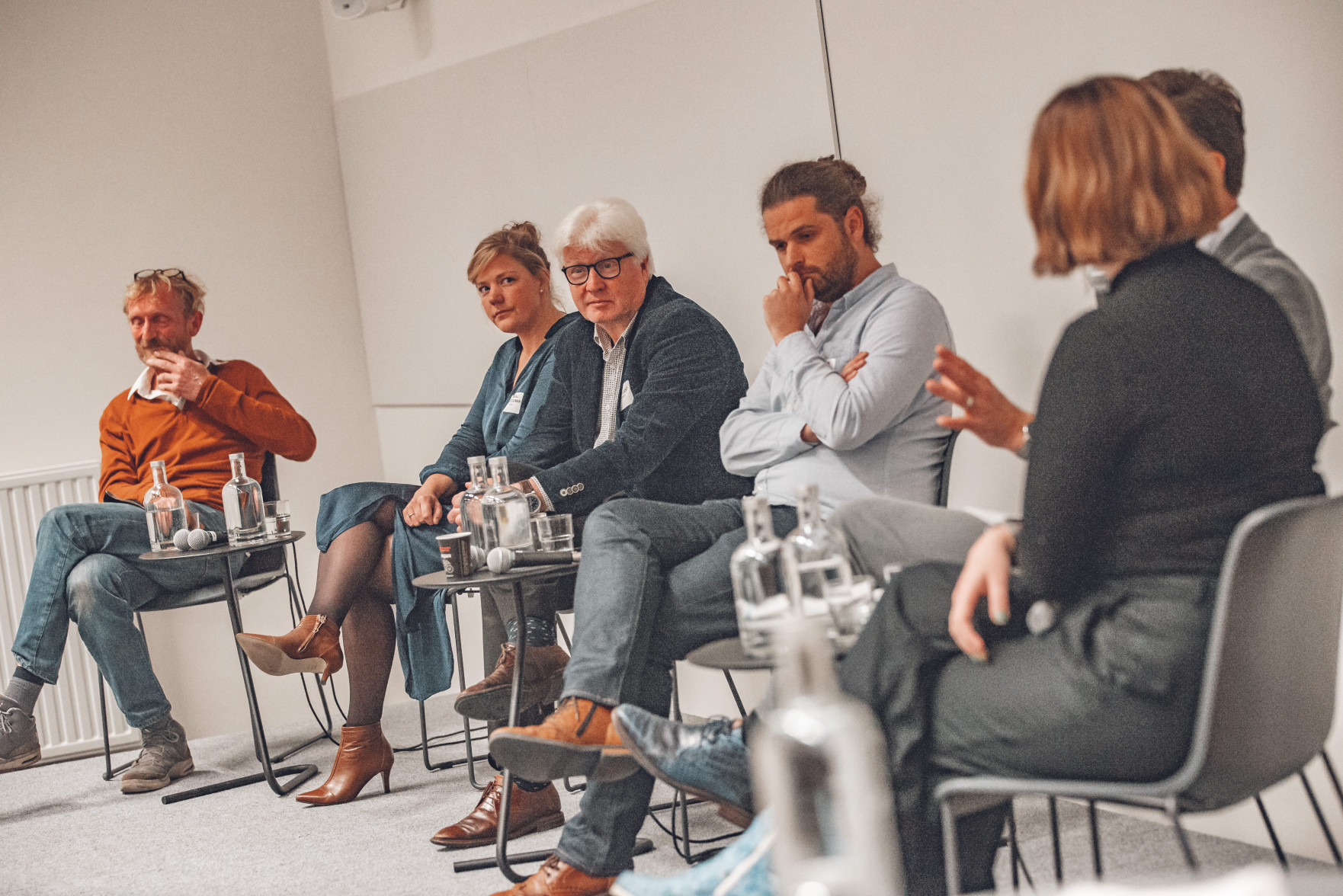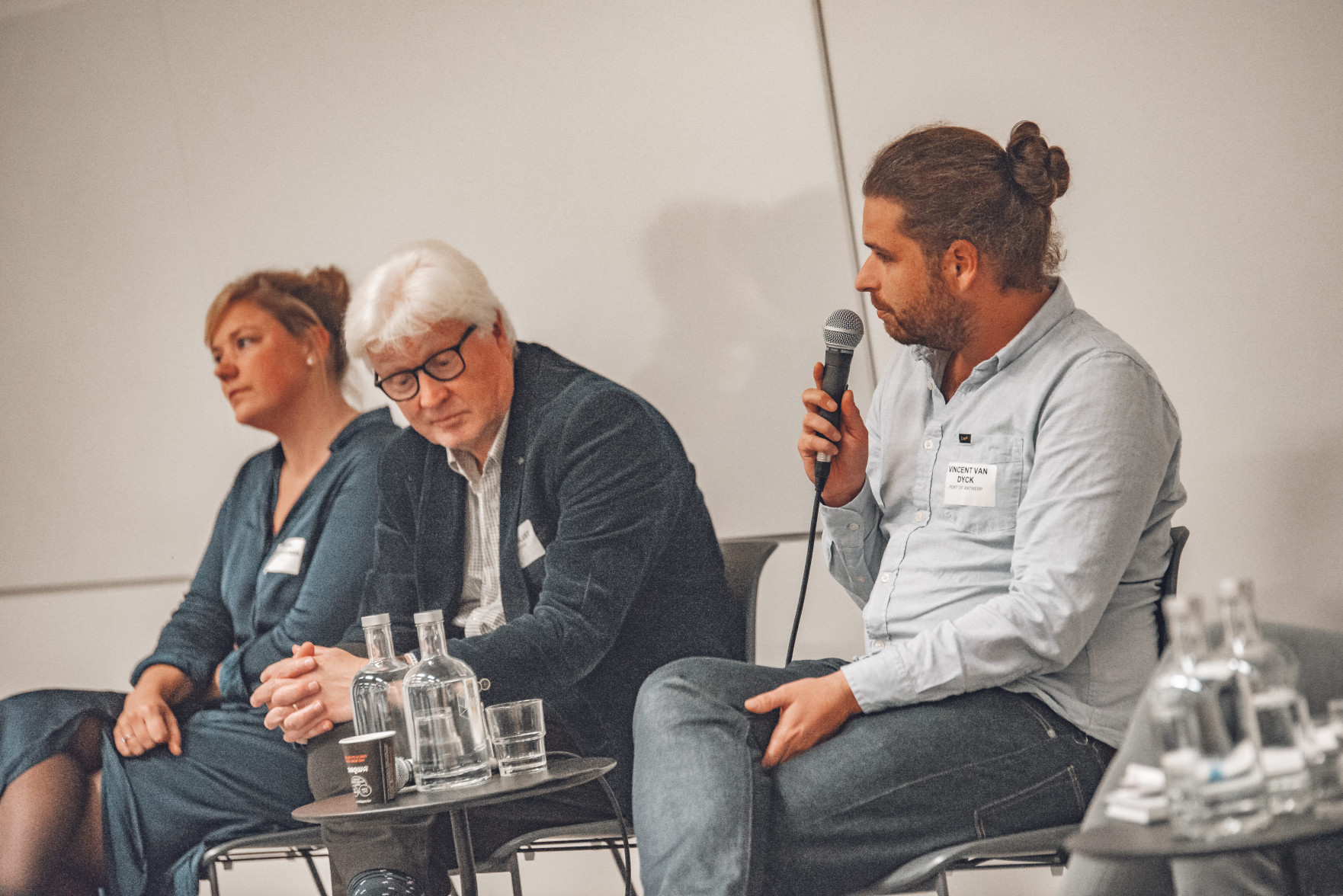New Alumni Chapter on SDG Leadership launched with a lively debate on plastic pollution
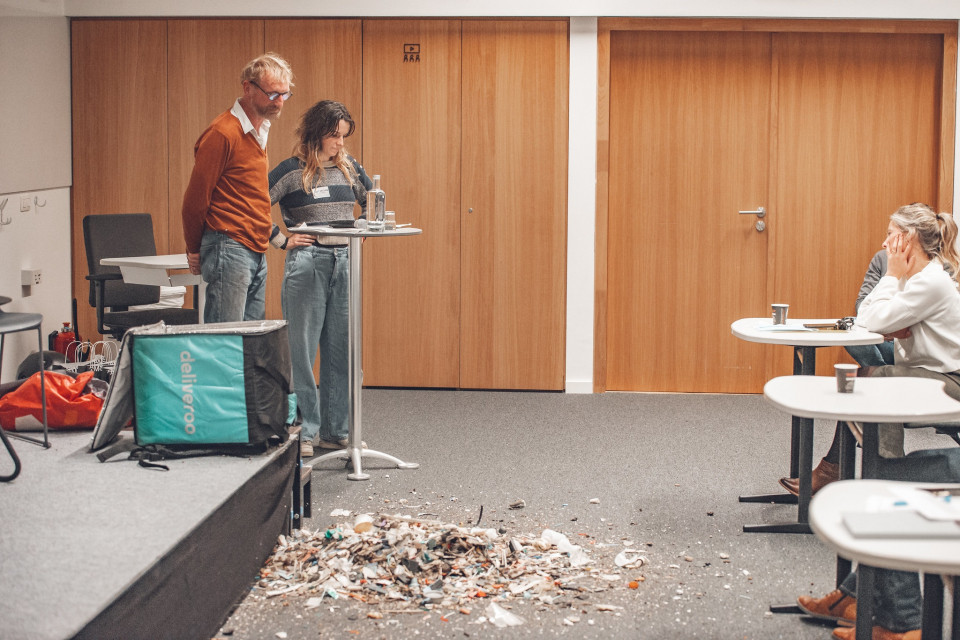
The new AMS Alumni Chapter on SDG Leadership certainly got off to a flying start. Its launch event on plastic pollution sparked a lively debate. Although opinions differed on how exactly to tackle this wicked problem, in the end all participants were on the same page: we need to do it together, and we need to do it now. Or as Steven De Haes, Dean of AMS, concluded, quoting a Chinese proverb: “The best time to plant a tree was 20 years ago. The second best time is now.”
The purpose of the new AMS Alumni Chapter on SDG Leadership (ACSL) is to inspire and empower leadership on the world’s most pressing sustainability challenges. Initiator of the ACSL is Dirk Pauwels, AMS Alumnus Executive Master of Enterprise and IT Architecture 2012; Chapter Ambassador is Prof. Lars Moratis, Holder of the Chair in Management Education for Sustainability and Professor of Sustainable Business at AMS.
This rockstar team managed to bring together a thought-provoking line-up for the launch of the new ASCL. Instead of organizing a conceptual debate, they invited business development managers, academic researchers, environmental experts, and climate campaigners to demonstrate how they try to solve plastic pollution close to home, in the river Scheldt in Antwerp. After welcoming words by Steven De Haes, who highlighted that sustainability is at the core of AMS, the demonstrations were kicked off by Jolijn Dupont, Business Development Advisor at Port of Antwerp.
The port of Antwerp is Belgium’s biggest economic driver, housing 1,000 companies, generating 144,000 jobs, and accounting for 4.8% of Belgium’s GDP. The port is also the largest integrated petrochemical cluster in Europe. To achieve sustainable growth, Port of Antwerp is continuously looking for synergies across the value chain, with focus on sustainable energy, industry and shipping. One highly tangible result is the reconversion of the General Motors site into the NextGen District, a business park that is 100% dedicated to the circular economy.
The current estimated size of the plastic soup is 150 million tons.
Next, ACSL Initiator Dirk Pauwels demonstrated the true scale of the problem: each year 78 million tons of plastic packaging materials are produced, of which more than 70% ends up in either landfills (40%) or in the environment (32%). The current estimated size of the plastic soup is 150 million tons, a number that is still growing by approximately 8 million tons per year. Studies show that the impact on the marine ecosystem is devastating and almost irreversible. Current solutions focus on clean-up, recycling and prevention, but so far, there is very little known about the impact of these strategies.
Dirk Pauwels does believe, however, that none of those solutions will provide an adequate answer if they are not part of systemic change. He thus ended his presentation with a plea for interdisciplinary collaboration across the value chain, underpinned by scientific research.
Bert Teunkens, PhD researcher at the University of Antwerp, showed us how research may help to measure the efficiency of solutions such as trash interceptors, and perhaps more importantly, how much plastic flows from our rivers towards the oceans. Because, if we gain a better understanding of the flux, we may be able to design more effective solutions. Thus, the University of Antwerp is setting up a range of projects, including a big citizen science project, to measure pollution in the river Scheldt and to monitor plastic on its journey through the estuary. The Pellet Flux project, as Prof. Dr. Ronny Blust explained, is also mapping plastic pellet distribution, but focusing in the first place on the harbor public domain. The idea is to identify critical points of pellet loss along transport routes, to the docks and the Scheldt estuary, and to develop and review targeted measures to tackle pellet loss, together with Port of Antwerp.
The technology is ready, but sustainable business models and legal frameworks are lacking.
One very tangible measure to deal with pellet loss, is the Marine Litter Hunter, a pilot project realized by DEME, world leader in dredging, offshore energy solutions and infra marine works. Throughout its core activities, DEME is witnessing the devastating impact of ocean plastics pollution. That is why they set up a business unit on closing the plastic circle. As ocean pollution is extremely hard to address, the focus is on river pollution, on trying to prevent plastics from ending up in the ocean. Their Marine Litter Hunter is an autonomous water vehicle, equipped with a whole range of technologies, that detects and collects waste in the river Scheldt. Though the Marine Litter Hunter collected 60 tons of waste in one year, results were all in all discouraging. The technology turned out to be ‘ready’, but sustainable business models and legal and regulatory frameworks are still lacking.
Koos Hogeweg and Lot Saldien, from Stormkop, went against this conclusion by stating there is no need for business models or legal frameworks, just as there is no need for more research. Instead, we need to take matters into our own hands. That is exactly what Stormkop has been doing in the past few years: they educate and mobilize (young) people to come up with practical, creative solutions, such as collecting waste and turning it into sunglasses or furniture. Sitting back and waiting for someone else to solve the problem is a definite no-go for Stormkop, as we are thus jeopardizing the future of our children.
Stormkop’s motivational message turned out to be the perfect start for the panel debate, moderated by Rozanne Henzen, Circular Economy Expert at AMS. The panel members Ronny Blust, Magali Bruggeman, Koos Hogeweg, and Vincent Van Dyck (Environmental Expert at Port of Antwerp) were questioned by both the moderator and the audience on, among other things, the potential role of Antwerp Management School, how to address the root of the problem, how to go from creating awareness to actual problem solving, what legislation can do and the type of leadership we need.
The best time to plant a tree was 20 years ago. The second best time is now.
Though the answers and opinions were divers, there was a remarkable consensus on some basic principles:
1. There is no one-size-fits all solution. We need to address the problem on multiple levels and with all stakeholders, from citizens and science to the industry and policymakers.
2. Collaboration is key. To achieve successful partnerships, expectations, scope, resources, responsibilities, et cetera, need to be clear from the start.
3. The young generation needs to be equipped with a sustainable mindset and the right skills to tackle wicked problems.
4. A stimulating legal framework is necessary, but progress is slow. So, although we need to keep the pressure on, we should start implementing concrete actions right now, on a large scale and on all levels.
Prof. Dr. Steven De Haes ended the debate with a similar call to action, quoting a Chinese proverb: “The best time to plant a tree was 20 years ago. The second best time is now.”

Image gallery17
comments0
You don't have the rights to read or add a comment.
Suggested Articles
